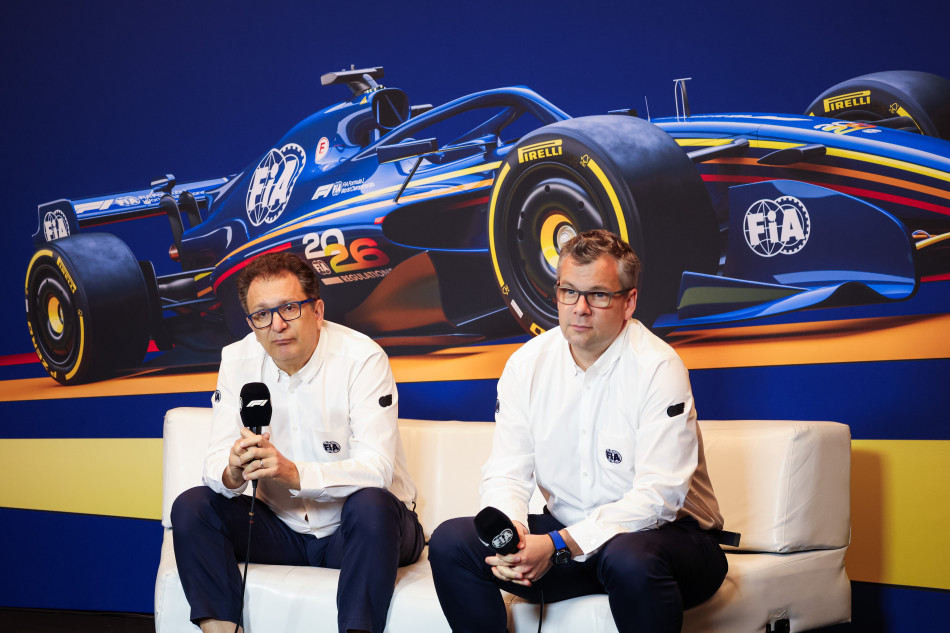
Representatives:
- Nikolas Tombazis (FIA Single Seater Director)
- Jan Monchaux (FIA Single Seater Technical Director)
Introduction
Nikolas Tombazis and Jan Monchaux recently outlined the objectives and expected impacts of the new regulations for single seater racing. These rules aim to enhance the sustainability, performance, and excitement of the sport while addressing recent concerns about racing quality and car performance.
Overview of New Rules
Nikolas Tombazis:
- Power Unit Regulations: The power unit rules focus on sustainability, including fully sustainable fuel and increased electrical components. These changes aim to simplify the regulations and attract new manufacturers.
- Chassis Regulations: The goal is to improve the racing experience by allowing cars to follow each other more closely, enhancing efficiency, and making cars lighter and more nimble.
Reactions and Approval Process
The announcement of the new regulations received mixed reactions. While many support the aims, some drivers and teams have expressed concerns. The regulations are not yet finalized and are pending approval by the World Council. Discussions with teams and FOM (Formula One Management) are ongoing to refine and finalize the rules.
Questions and Answers
- Performance Concerns and Power Unit Regulations:
- The power unit regulations are largely fixed due to existing governance agreements. However, collaborative tweaks may be possible to address performance concerns.
- Target Pace and Comparison with Formula 2:
- The new regulations aim for cars to be faster than Formula 2, with a planned increase in performance through collaboration with teams.
- Team Concerns and Regulation Adjustments:
- Teams are cautious about large changes. The approach involves starting with restrictive regulations and gradually increasing freedom based on team feedback and further analysis.
- Weight Targets and Driver Weight Allowance:
- The FIA is determined to reduce car weight, with a target considered challenging but feasible. The driver weight allowance will remain at 82 kilos to avoid penalizing heavier drivers.
- Impact of Narrower Tyres:
- Tyres will be narrower to save weight, but simulations ensure no significant loss in mechanical grip. Pirelli will have extended testing opportunities to develop suitable tyres.
- Top Speeds and Cornering Speeds:
- Expected top speeds might be slightly higher, but measures will ensure they remain safe. Lower downforce will result in slower cornering speeds, aligning with the goal of making cars more agile.
- Complexity of New Regulations:
- New terms like X-Mode (low-drag) and Z-Mode (standard) will be introduced. The complexity is manageable, and efforts will be made to clearly explain these to fans.
- Sustainable Fuels and Monitoring:
- Fuels will undergo independent verification for sustainability, and the chemical composition will be checked to ensure compliance with regulations.
- Reflections on Power Unit Regulations:
- Tombazis acknowledged that with more time, some aspects of the power unit regulations might have been approached differently, but overall, the rules aim for greater manufacturer participation.
- Active Aero and Mode Switching:
- The new system for active aero will function similarly to the current DRS, with manual activation by drivers under specific conditions, ensuring safety and reliability.
Conclusion
The new regulations for single seater racing represent a significant step toward a more sustainable, exciting, and technically advanced future. While there are challenges and concerns to address, the FIA is committed to working closely with teams and stakeholders to refine and implement these rules effectively.
Source: FIA
This Article use tools from Chatgpt